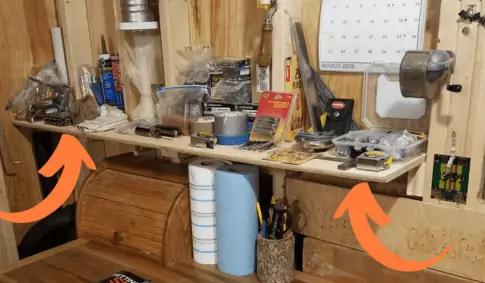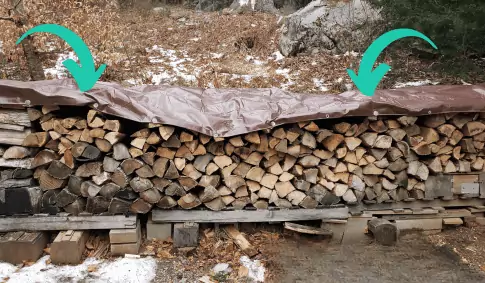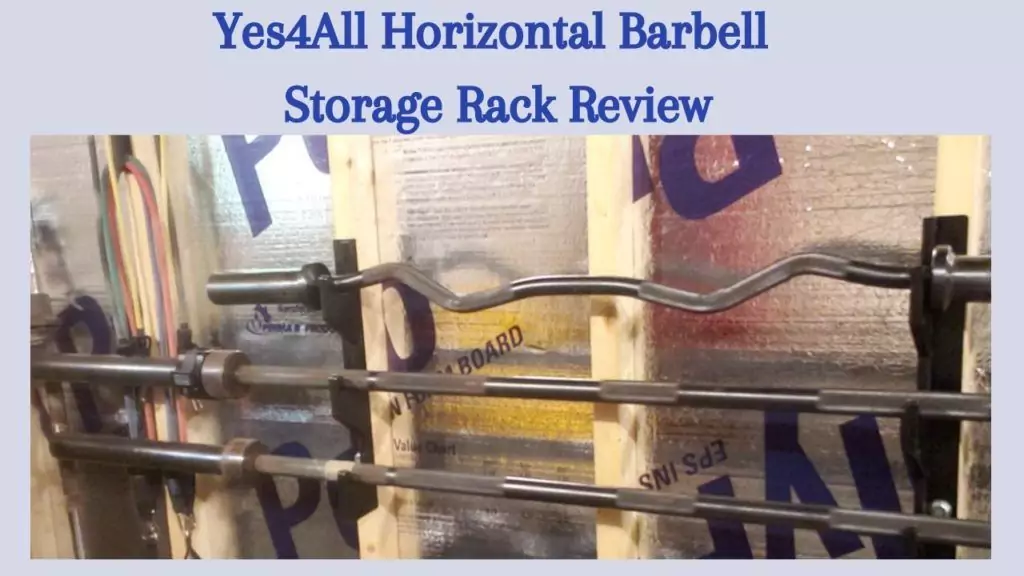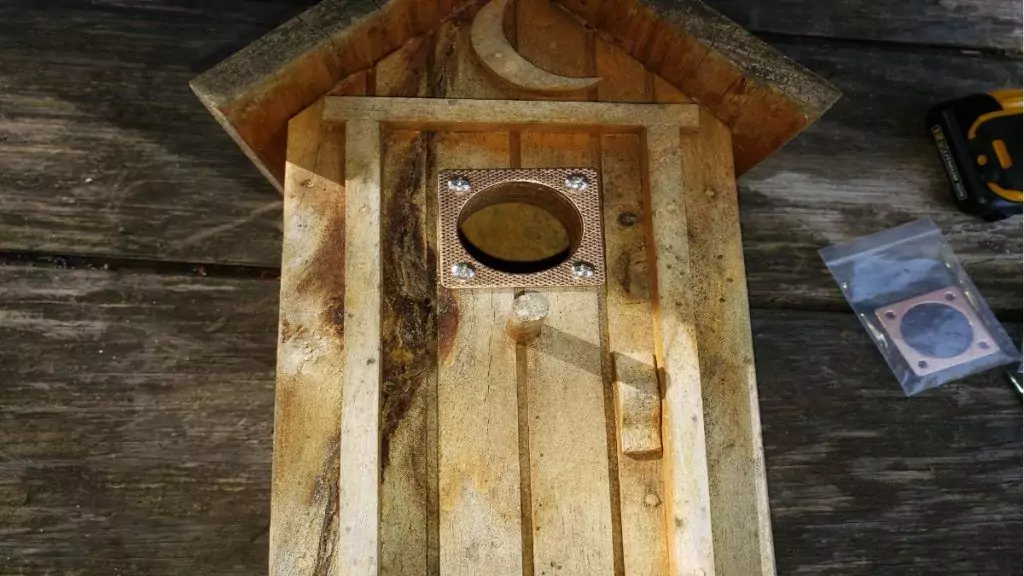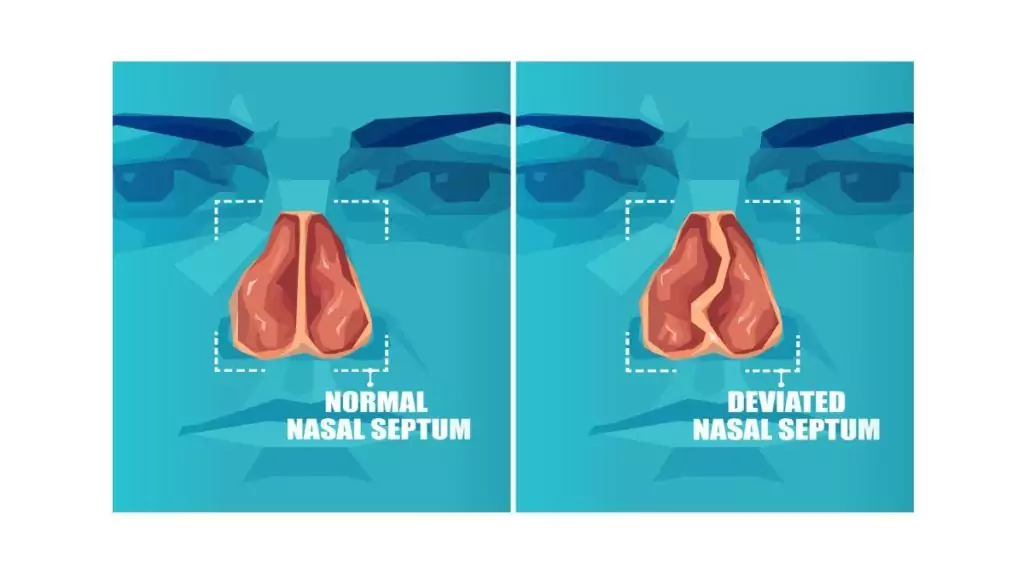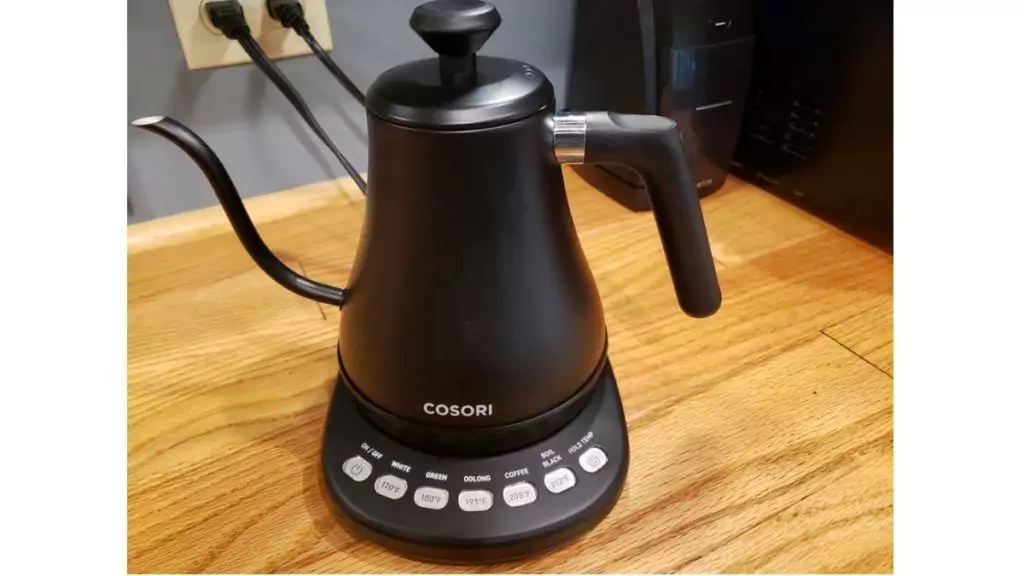This is a guest post by Jen Bervin. If you’d like to guest post on this blog, click here.
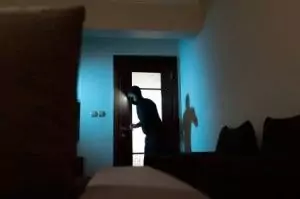
1. First-Aid Kit
If a member of your family should have an accident, are you prepared with more than just a bottle of alcohol and a band-aid? First aid kits can be purchased at most big box stores, drug stores and even at home improvement stores. The kits contain items that you would need should you or a member of your family have an accident that requires more than a kiss to make better.
2. Fire Extinguishers
Fire extinguishers are important items to have on every floor in your home. One extinguisher per floor is sufficient and each extinguisher should be placed in an area that is easily accessible. Make sure that every person in your family knows where the extinguishers are and, if old enough, how to operate them.
3. Emergency Ladder
If your home has more than one story, you need an emergency ladder. These ladders are hung outside of windows in the event of an emergency, providing an exit route when other routes out of the home are blocked. You should have a minimum of one ladder per floor, but you may want to consider storing a ladder in each bedroom closet. Having these ladders will help to ensure that every member of your family can make it out of the home safely in the event of an emergency like a fire or natural disaster.
4. Carbon Monoxide Detectors
If you utilize natural gas in your home for heating and cooking, you simply must install one or more carbon monoxide detectors. These detectors have saved the lives of countless numbers of people. A carbon monoxide leak inside of your home can go undetected, posing a very serious threat to the health of your family. By properly installing a carbon monoxide detector, you can be sure that your family will be alerted to any dangerous fumes leaking from your gas pipes or appliances.
5. Emergency Numbers
When faced with an emergency, it can be difficult to remember your own phone number, let alone the phone numbers of other people. Keep a list of emergency phone numbers posted by each phone in your house and program these numbers into your speed dial settings. Make sure that you include the name and number of at least one relative, one neighbor, the local hospital, your city’s emergency services and the poison control hotline. If you have pets, you should also include the numbers for your veterinarian, the local emergency veterinary hospital and the ASPCA poison control line.
Most homes are safe in and of themselves, but there are always things that we can do to make them safer. If you follow this home safety checklist by putting a first-aid kit in your home, installing carbon monoxide detectors, storing emergency ladders, setting up fire extinguishers on each floor and posting emergency numbers by every phone, you’ll ensure that your home is as safe as it can possibly be for your family. By following these home security tips, this should increase your chances of being safe should any unexpected emergency arise.
This guest article was written by Jen Bervin is a guest writer for cheaplandlordinsurance.co.uk where she answers questions such as What is landlord insurance?.
